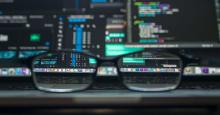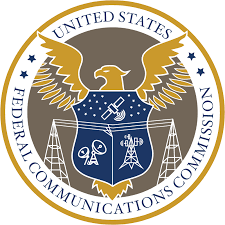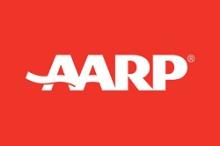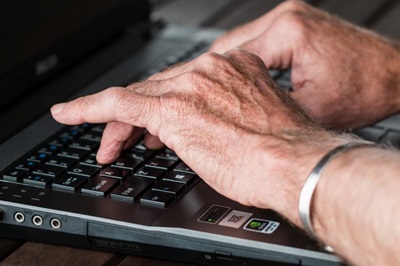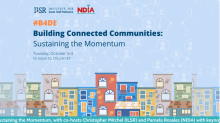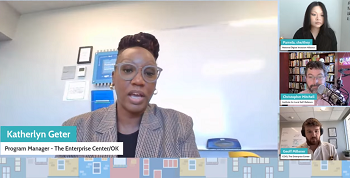New Resource: Fact Sheet on Broadband Basics from Center for Digital Equity
As our team continues to work with state and local community organizations across the country to help build digital skills and offer broadband educational resources, we came across this handy Broadband Basics Fact Sheet we wanted to share from the Queens at Queens University of Charlotte Center for Digital Equity (CDE).
In simple, accessible language, the two-page fact sheet from CDE explains commonly used words related to Internet access that are often not well-defined or understood outside of the tech industry.
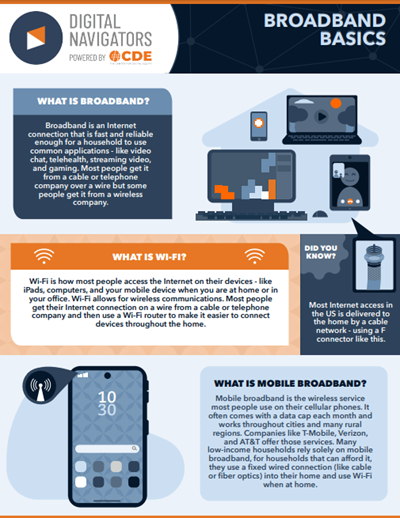
The fact sheet serves as a useful reminder that Internet access terminology itself can be a barrier to greater adoption, which is why we like CDE’s work here in answering the following questions:
- What is broadband?
- What is WiFi?
- What is mobile broadband?
- What is the difference between 3G, 4G, 5G, AND LTE?
- What is 10G?
- What is a fiber optic network?
- What is the difference between a modem and router?
The fact sheet can be found by clicking link below:





